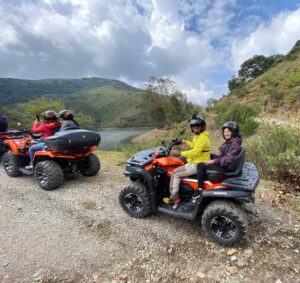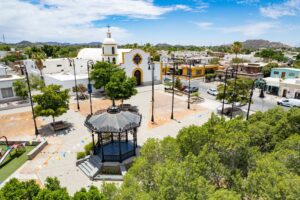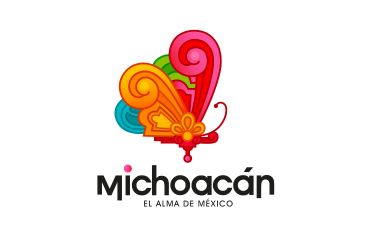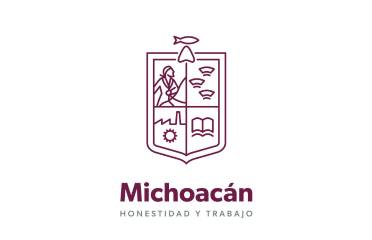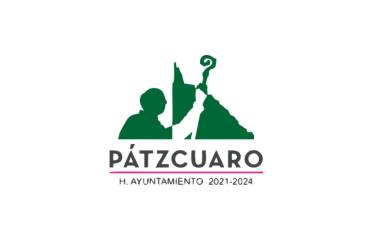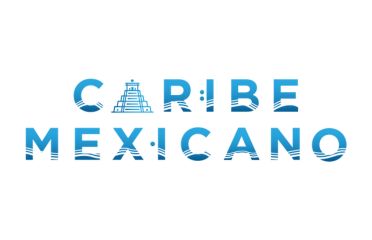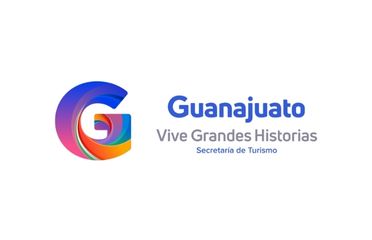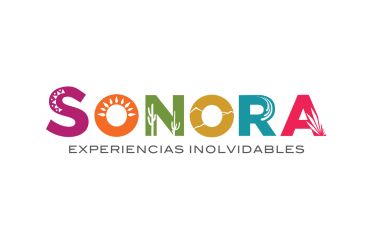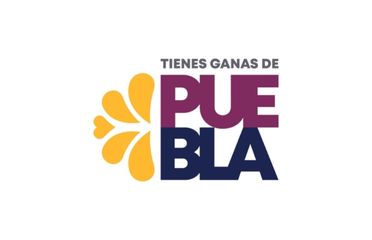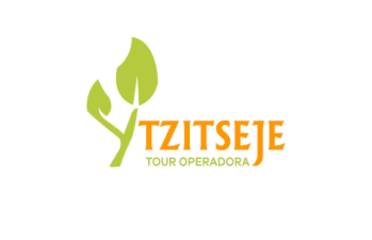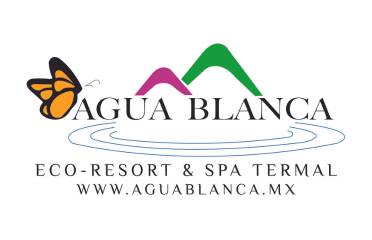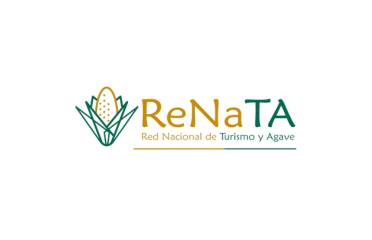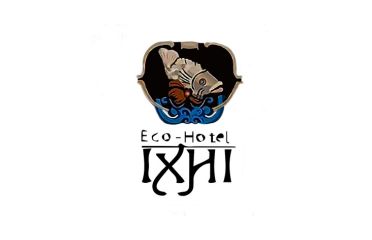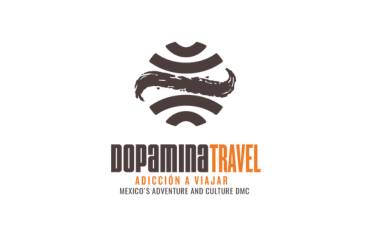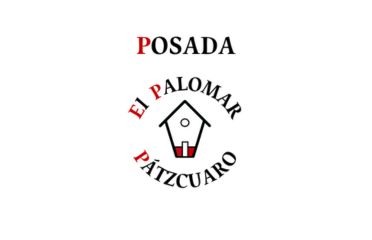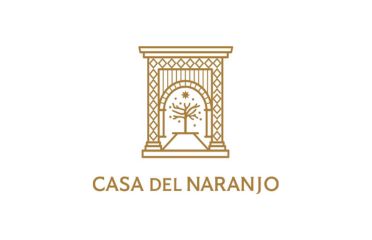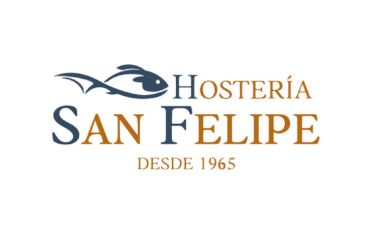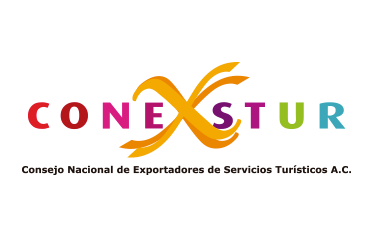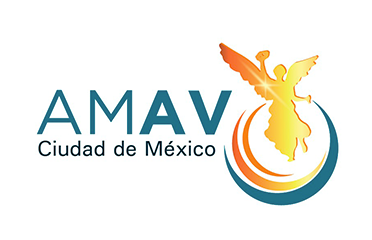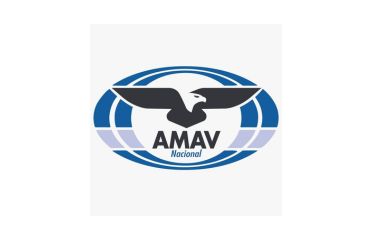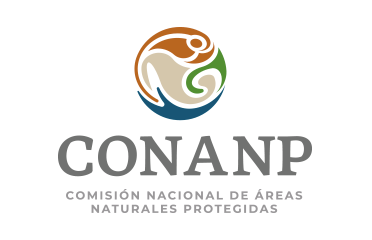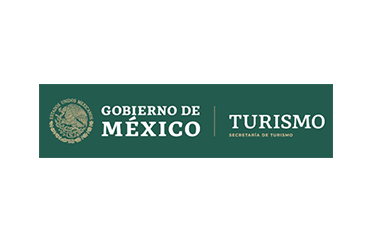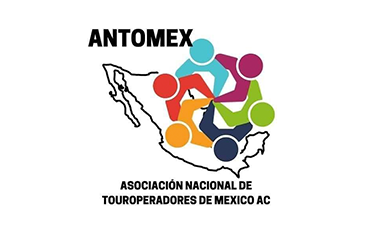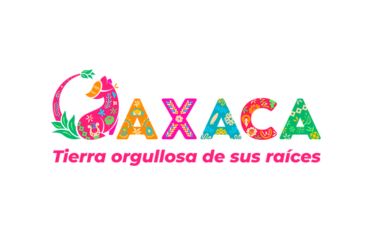According to data from the federal Ministry of Tourism, of the 2,164 guides specialized in specific activities certified until November 2020 in Mexico, the State with the greatest presence is Quintana Roo with 317, of which 295 are specialized in Nature Tourism and 22 in adventure tourism.
This wide presence of guides is due to the interest of visitors to carry out recreational activities and to a great extent to the abundant diversity of tourist attractions distributed in the land and marine surface of the State, such as the 2nd largest barrier reef on the planet, 19 natural protected areas (ANP, two of them that extend to the territory of Yucatan), cenotes, 11 archaeological zones open to the public, 3 “Pueblos Magicos” and the presence of the ancient Mayan culture.
The variety of recreational tourist activities to appreciate these attractions is big enough, where diving, snorkeling, kayaking, boat rides and hiking. Very specialized activities, such as swimming with whale shark and appreciation of bull shark, turtles and starfish.
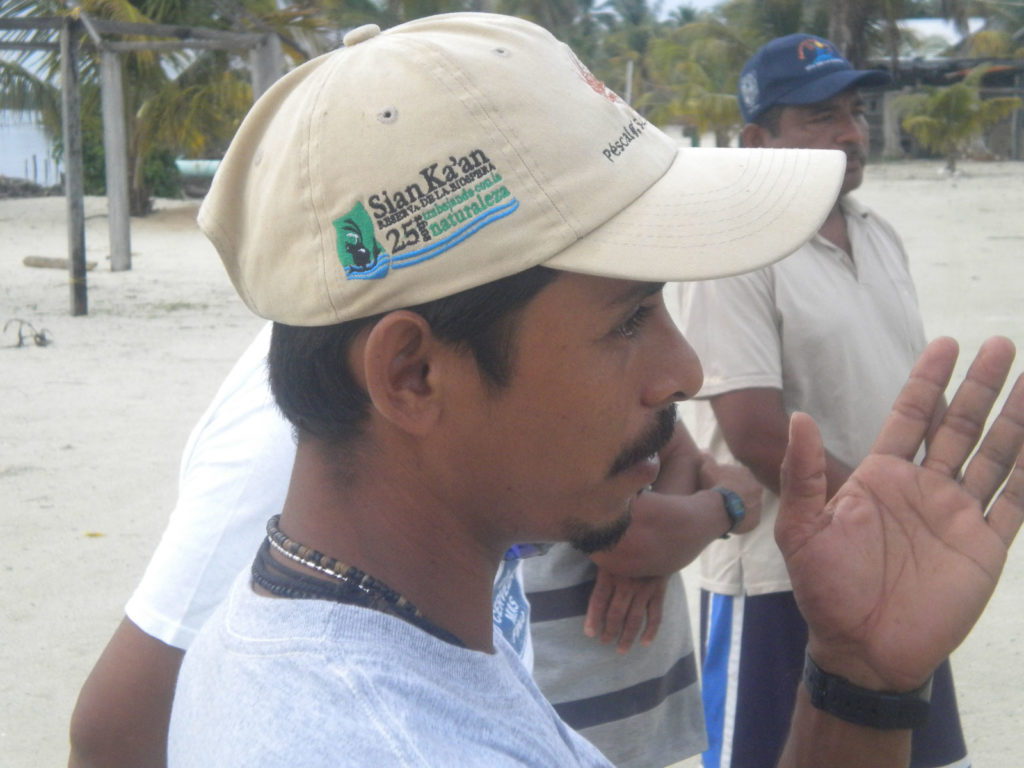
We identify the largest presence of Guides in the Municipality of Tulum, with 86, with 63 in General Environmental Interpretation, 13 specializing in Photographic Safaris and 8 in marine fauna.
As a curious fact, we identify that the only certified Cave Diving Guide in the entire country is registered in Tulum. This certification supports the guide’s work to provide tours in caves, pools, cenotes and in general flooded confined spaces, where it is required to apply diving and caving techniques.
Although his workspace considers the entire national territory, the Tulum National Park stands out, which according to the National Commission of Protected Natural Areas “CONANP”, received 248,458 visitors in 2019 and whose main tourist-recreational activity is interpretive hiking.
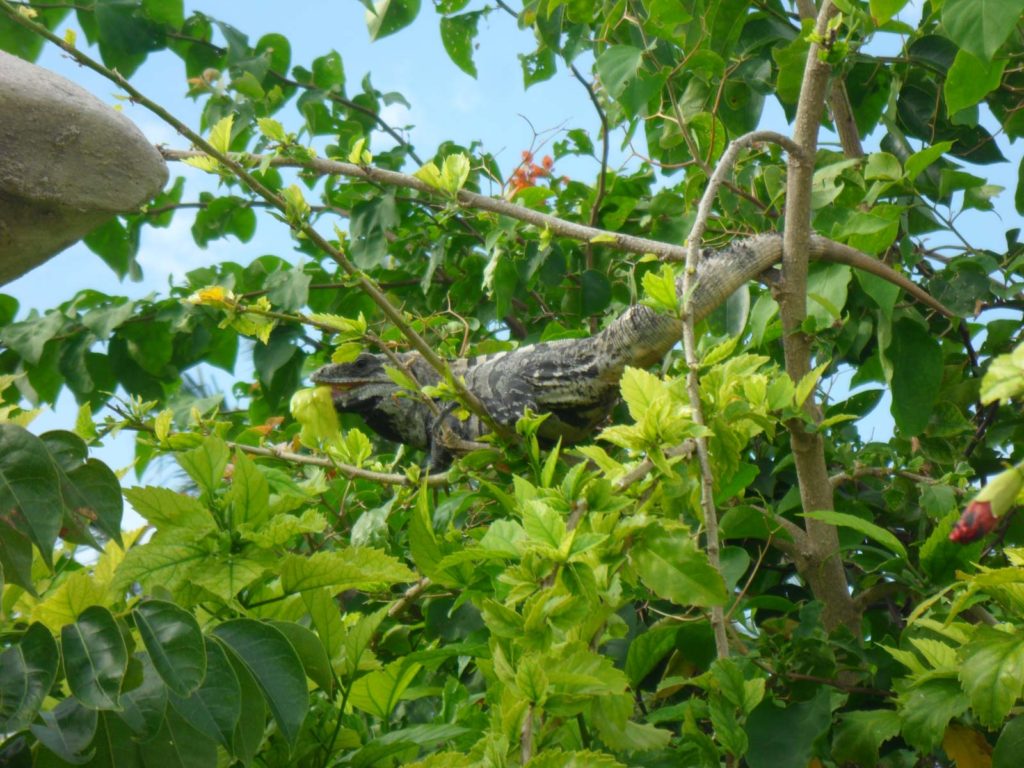
The Municipality of Solidaridad, with Playa del Carmen as the main town, has 68 Guides, 19 with General Environmental Interpretation, 37 specializing in Photographic Safaris, 6 in Marine Fauna and 6 in Diving.
The Municipality of Cozumel has 51 Guides, 35 with General Environmental Interpretation, 8 with Level One Diving, 6 with Level Three Diving and 2 with Environmental Interpretation specializing in Birdwatching.
This classification of dive guides is based on the official Mexican standard, issued by the federal Ministry of Tourism, which establishes the bases that specialized guides must comply with in specific activities. Among the main factors that determine this classification are the conditions of the space where it is carried out, the depth, time, the equipment and the techniques necessary for its realization.
It is important to highlight that this certification of the Diving Guides is independent of the certifications granted by some international organizations.
In his workspace is mainly the Cozumel National Park, which covers the northern portion and the eastern coastal strip, land and sea of the Island of Cozumel, which received 386,096 visitors, the highest number of all ANPs in the State.
It should be noted that Cozumel is considered a paradise for diving, where there is the largest number of accredited guides in this activity in the entire country. Other very relevant tourist – recreational activities in the municipality are snorkeling and kayaking.
Felipe Carrillo Puerto, a municipality in the center of the State, has 26 guides, all certified in General Environmental Interpretation. The tourist influx that these guides attend includes the Sian Ka’an Biosphere Reserves and its reefs and the Uaymil flora and fauna protection area, which together received 185,076 visitors in 2019, with hiking and kayaking as main recreational activities.
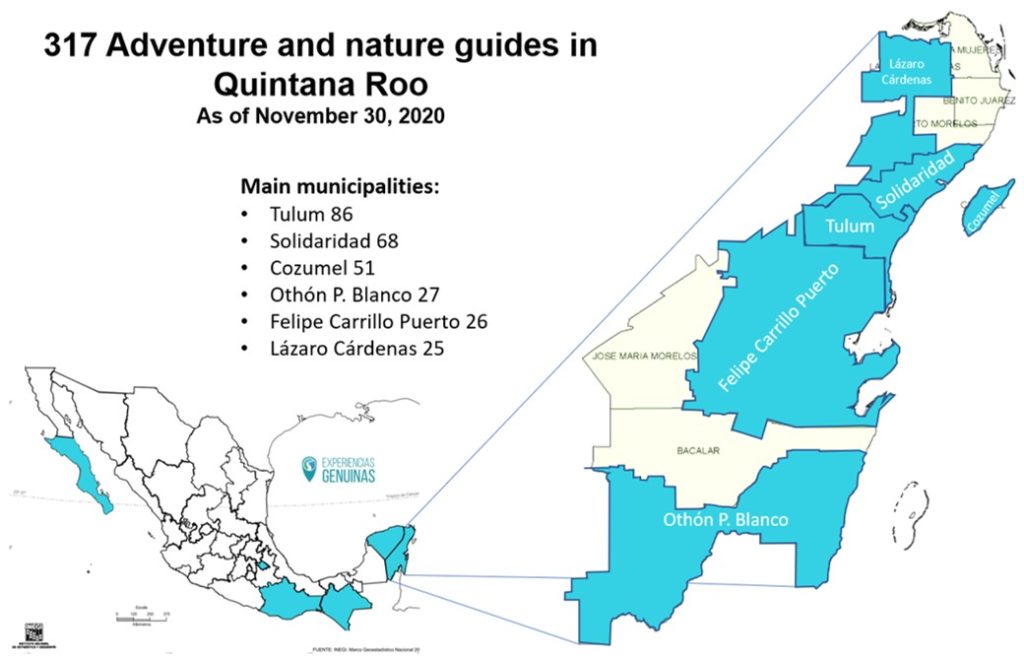
In the north of the state, on the border with the state of Yucatán, the Municipality of Lázaro Cárdenas has 25 guides, 18 certified in General Environmental Interpretation and 7 specializing in marine fauna.
In this municipality there is direct access to very relevant natural spaces, such as the Whale Shark Biosphere Reserve, which received 14,022 visitors in 2019, the Yum Balam Flora and Fauna Protection Area with 1,500 visitors, and the Biosphere Reserve from Ría Lagartos, which also covers territory in the State of Yucatán with 27,271 visitors.
The most popular recreational tourist activities are whale shark swimming, scuba diving, snorkeling, kayaking, interpretive hiking and photographic safaris.
The Municipality of Othón P. Blanco, with Chetumal as the capital of the State, has 27 guides, 15 certified in General Environmental Interpretation, 11 specializing in marine fauna and 1 in Photographic Safaris.
The presence of these guides stands out in the Banco Chinchorro Biosphere Reserve, with 1703 visitors and the Xcalak National Park with 661 visitors in the same period of time. Diving, snorkeling and kayaking are the main recreational activities.
The Municipality of Benito Juárez, better known for Cancun, has 17 guides, 4 certified in General Environmental Interpretation and 13 with a specialty in Photographic Safaris. However, due to the amount of tourist services, the presence of tourist guides from other municipalities and states is common.
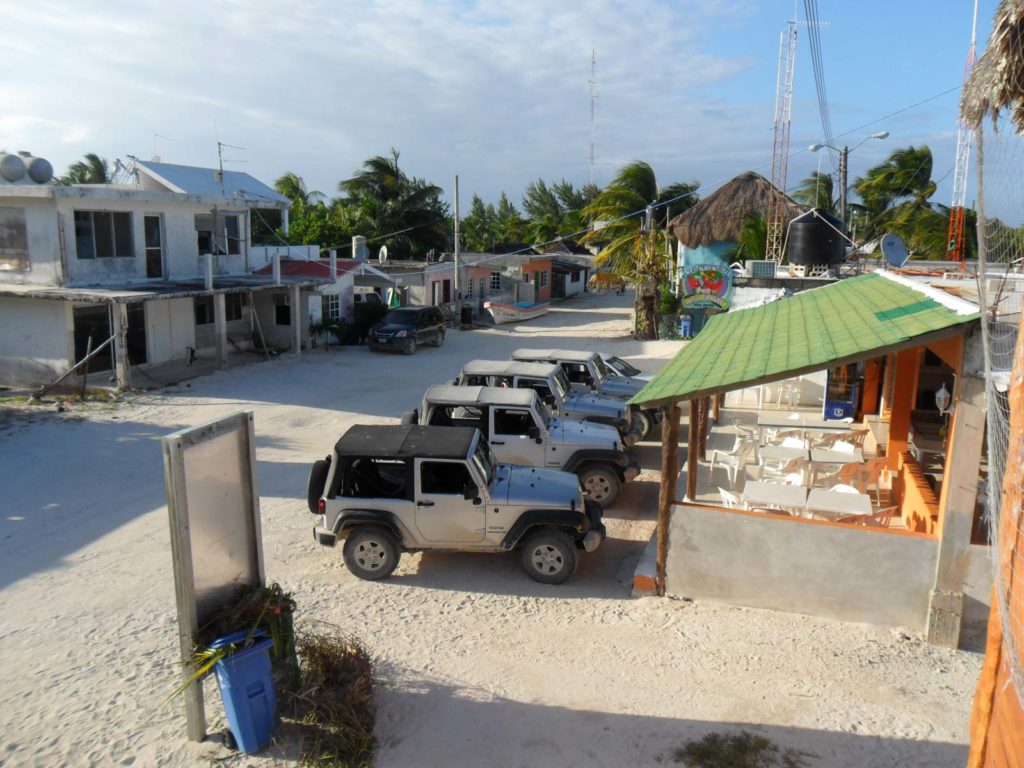
His work covers large spaces, where the National Park that integrates the western coast, Isla Mujeres, Punta Cancún and Punta Nizuc stand out, which received 345,708 visitors in 2019. Diving, snorkeling, swimming with whale sharks and hiking are the main recreational activities. The Puerto Morelos Reef National Park with diving, snorkeling and kayaking as main activities, received 168,123 visitors. And in the Isla Contoy National Park with hiking, photographic safaris and kayaking, 68,871 visitors were received in 2019.
In addition, the Biosphere Reserve of the Mexican Caribbean, another large area with access from anywhere in the state, received 190,720 visitors doing diving, snorkeling, kayaking and swimming with whale sharks as the main recreational activities.
Finally, the Municipality of José María Morelos in border with the State of Campeche and Yucatán has 17 guides, 14 certified in General Environmental Interpretation, 2 specializing in Photographic Safaris and 1 in marine fauna.
In conclusion, Quintana Roo has 190 certified guides in general environmental interpretation, 68 specializing in photographic safaris, 35 in marine fauna, 21 in diving, 2 in birdwatching and 1 in cave diving. It stands out that 93 of the 317 guides are women, which represents state with the highest female participation in the role of specialized tourist guide.
As a direct reference to the presence of the guides, only the 19 ANP received 1,667,309 visitors, which represented $ 64,041,237 pesos, just for payment of access bracelets.
It should be noted that the protected area is greater than 7 million hectares with 89% of marine surface and that access to visitors is offered under measures of sustainable use and controlled capacity (specific load capacities).
Despite the data presented here, there is still a lot of work to do.

